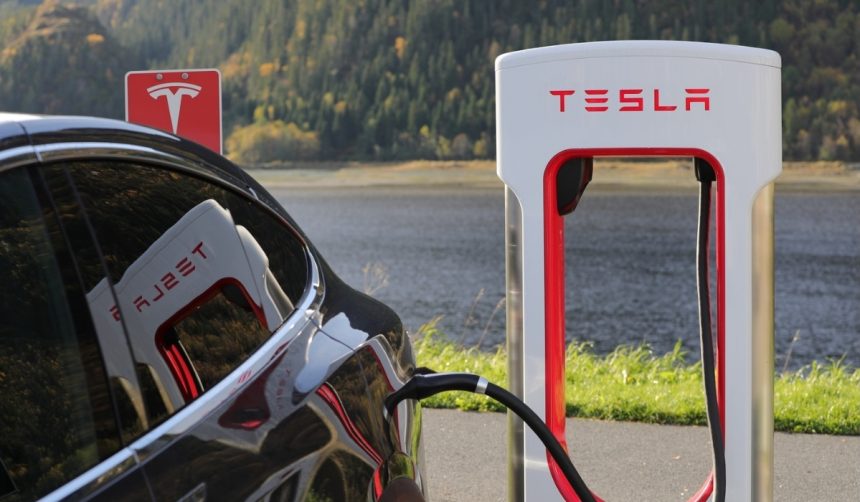Tesla has revealed its inaugural Dry Cathode Cybertruck, marking a significant step forward in the deployment of its 4680 cells. This new model, showcased by Tesla’s Senior Manufacturing Engineer, Cole Otto, has ignited fresh interest in the automotive and tech communities. The vehicle features the much-anticipated in-house dry cathode 4680 cells, which are set to revolutionize electric vehicle performance and cost efficiency. The matte black Cybertruck has already caught the eye of enthusiasts and industry watchers alike.
Employee Insights
The announcement was made by Cole Otto on LinkedIn, where he highlighted the commencement of vehicle testing for the Dry Cathode Cybertruck. Otto shared a photograph of Tesla’s 4680 team alongside the Cybertruck.
“Introducing the first-ever Dry Cathode Cybertruck! In July, we kicked off vehicle testing with our groundbreaking in-house dry cathode 4680 cells. This is a significant milestone in advancing both technology and cost efficiency. Proud to be part of the brilliant team that made this historic achievement possible!”
Otto’s post provides a glimpse into Tesla’s forward momentum in battery innovation, reflecting the company’s ongoing commitment to enhancing its electric vehicle technologies.
Validation from Officials
Just days before Otto’s announcement, Joe Tegtmeyer, an observer of Giga Texas operations, shared images of the facility that included the matte black Cybertruck. This depiction was later verified by Bonne Eggleston, Tesla’s Senior Director of the 4680 program. Eggleston confirmed on social media platform X that the vehicle in question was indeed the Dry Cathode Cybertruck.
“Nice shot of the dry cathode CT 😉”
Contrarily, Tesla Cybertrucks being delivered currently feature 4680 cells that are not completely in-house produced. While the negative cathode utilizes Tesla’s dry electrode process, the positive cathode is sourced from a supplier and produced through traditional wet electrode methods. This partial integration highlights the transitional phase Tesla is in as it moves towards complete in-house production.
Tesla has ambitious plans to begin mass production of fully in-house developed 4680 cells by the end of the year. These cells will feature both negative and positive cathodes made using Tesla’s dry electrode process. Experts within the company are optimistic, believing that once fully developed, these dry electrodes could significantly transform Tesla’s electric vehicles.
This new development in Tesla’s battery technology is a critical advancement for the company. Moving entirely to in-house production for their 4680 cells is expected to improve both vehicle performance and cost-effectiveness. As Tesla refines its dry cathode technology, industry observers will be keen to see how this innovation impacts the broader electric vehicle market.










